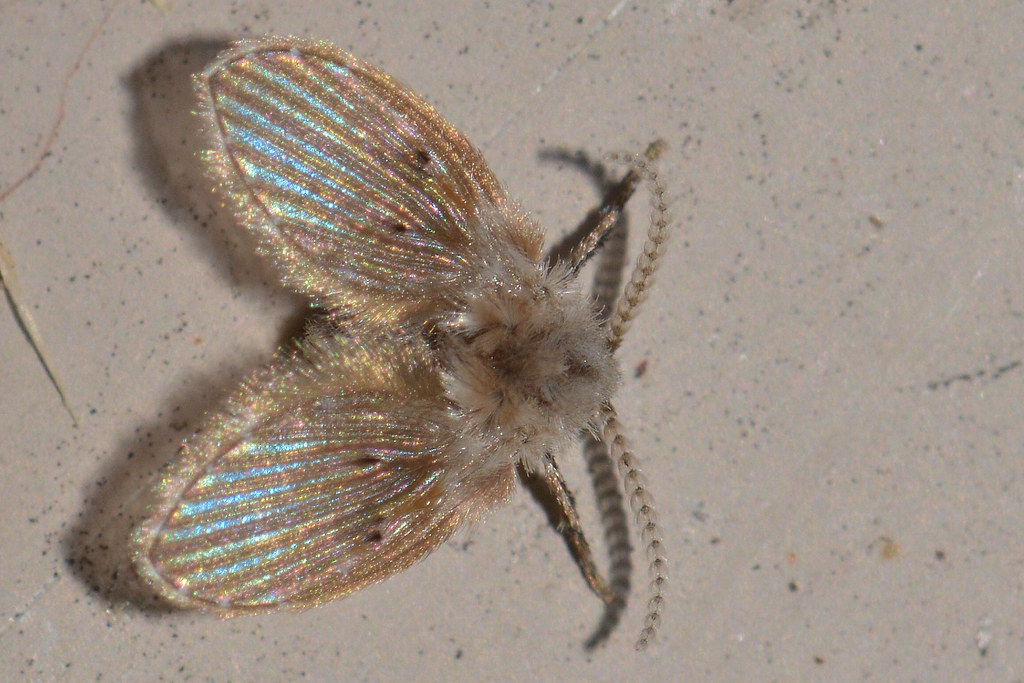You scrub that drain until it sparkles, pour bleach down it, and even use those fancy enzyme cleaners. Yet within days, maybe even hours, those pesky flies are back, hovering around your pristine drain like they’re staging some kind of miniature rebellion against your cleaning efforts. It’s enough to make anyone question their sanity or their housekeeping skills.
The truth is, those flies aren’t just being stubborn – they’re following ancient biological programming that makes your drain the perfect five-star resort for their species. Understanding why this happens requires diving into the fascinating world of fly behavior, biology, and the hidden ecosystem thriving right beneath your feet.
The Hidden World Beneath Your Drain
Your drain isn’t just a simple pipe leading to the sewer – it’s actually a complex microenvironment that extends far beyond what you can see or reach with conventional cleaning methods. The pipes twist and turn, creating countless nooks and crannies where organic matter can accumulate over time. Even the most thorough surface cleaning only addresses the visible portion of this underground network.
Think of your drain system like an iceberg. What you see at the surface represents maybe 10% of the total environment that flies can access and colonize. The remaining 90% consists of pipe joints, bends, and connections that create perfect breeding grounds for various fly species.
Why Standard Cleaning Methods Fall Short
Most people approach drain cleaning like they’re washing dishes – a quick scrub and rinse should do the trick. But flies don’t just live on the surface; they penetrate deep into the biofilm that coats your pipes. This slimy layer protects both the flies and their food sources from your cleaning efforts.
Standard household cleaners often can’t penetrate this biofilm effectively. Even powerful bleach solutions get diluted as they travel down the drain, losing their potency before reaching the areas where flies actually breed. It’s like trying to clean a cave with a flashlight – you can illuminate the entrance, but the real action happens in the depths you can’t see.
The organic matter that flies feed on becomes chemically bound within this biofilm matrix. Simply pouring cleaner down the drain is often as ineffective as trying to remove barnacles from a ship’s hull with a garden hose.
The Science of Fly Attraction to Drains
Flies possess incredibly sophisticated sensory systems that can detect trace amounts of organic compounds from remarkable distances. Their antennae contain specialized receptors that respond to specific chemical signatures associated with decaying organic matter. When these compounds waft up from your drain, they create an irresistible chemical trail that draws flies like a beacon.
Different fly species respond to different chemical cues. Fruit flies are particularly attracted to the sweet, fermented odors that develop in drains where food particles have begun to decompose. Drain flies, on the other hand, are drawn to the musty, earthy scents produced by bacteria breaking down organic films in moist environments.
Drain Flies vs. Other Common Household Flies
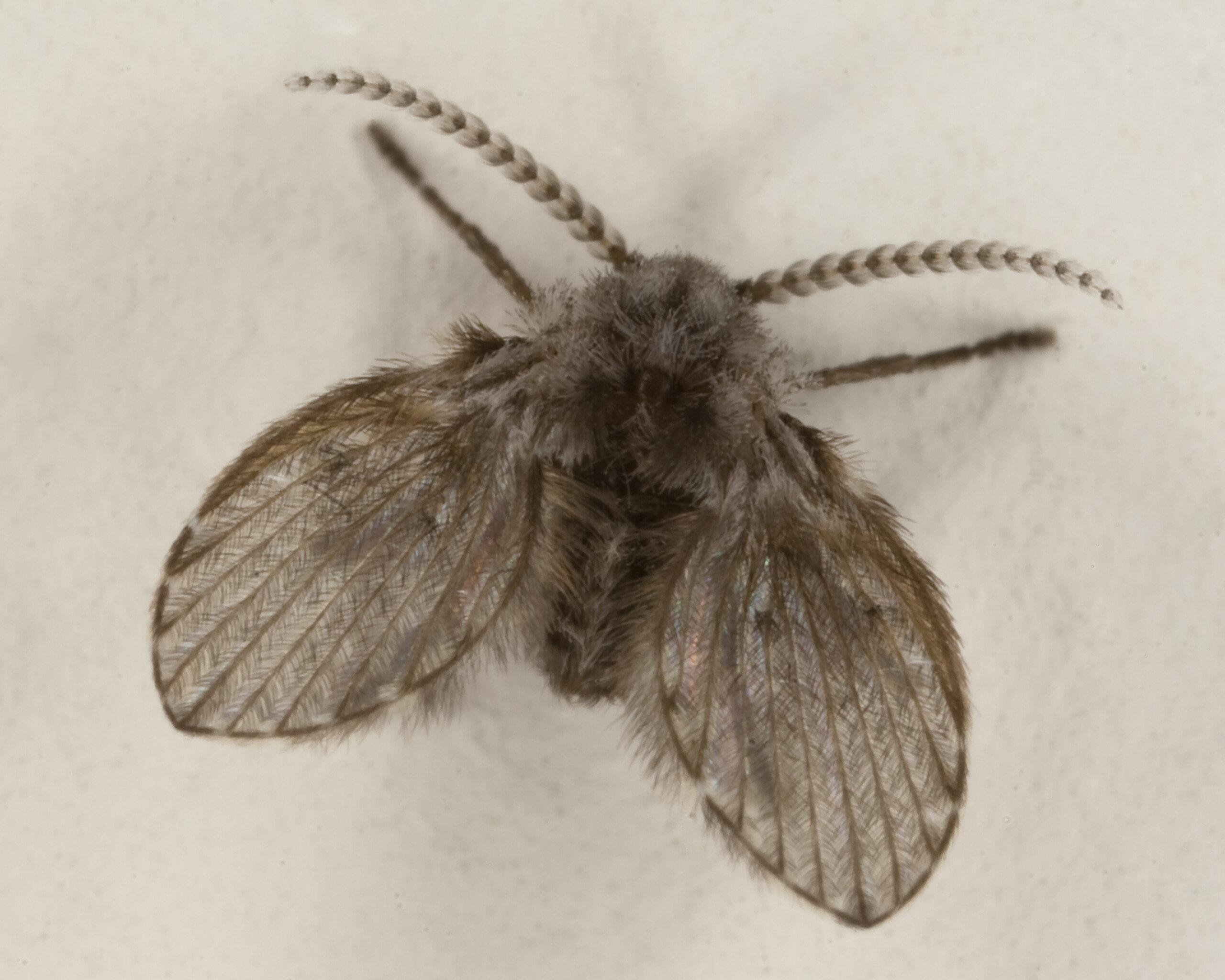
Not all flies buzzing around your drain are created equal. Drain flies, also known as moth flies, are the most common culprits and look distinctly different from typical house flies. They’re small, fuzzy, and hold their wings in a tent-like position when at rest. These flies actually complete their entire life cycle within your drain system.
Fruit flies, while often found near drains, are usually just visiting to feed on decomposing organic matter. They’re smaller, more golden in color, and tend to hover rather than crawl along surfaces. Understanding which type you’re dealing with helps determine the most effective treatment approach.
Fungus gnats represent another category entirely. These tiny flies are attracted to the moisture and organic matter in drains but typically breed in soil or potting mix rather than in the drain itself.
The Role of Moisture in Fly Reproduction
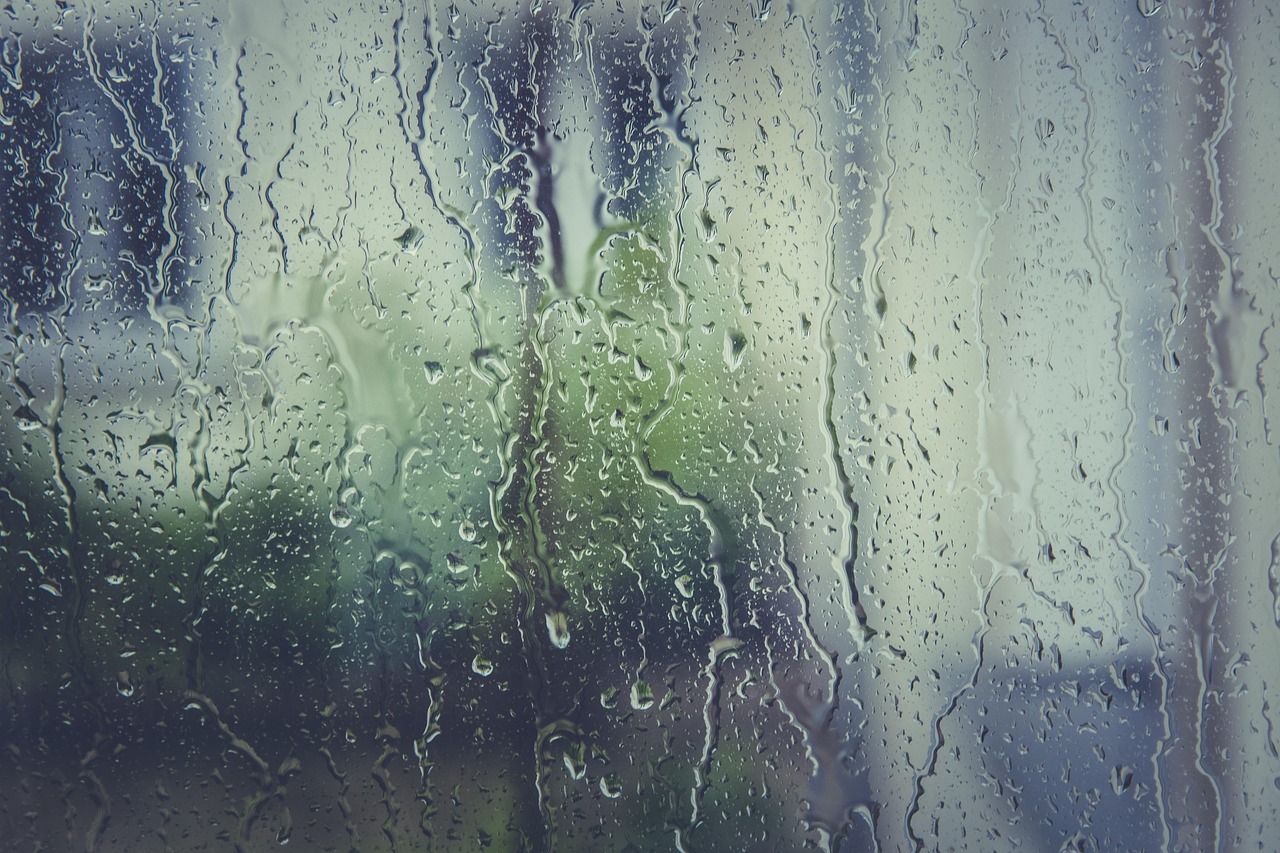
Moisture is absolutely critical for fly reproduction, and drains provide the perfect humid environment that these insects require. Female flies need specific moisture levels to lay their eggs successfully, and the larvae require constant moisture to develop properly. Your drain provides this essential element in abundance.
Even after cleaning, residual moisture remains trapped in pipe joints, under fixtures, and in areas where water naturally pools. This lingering dampness creates microclimates that support fly populations long after you think you’ve eliminated the problem.
The temperature stability that drains provide also contributes to their appeal. While surface temperatures fluctuate throughout the day, the area around your drain maintains a relatively constant temperature that’s ideal for fly development.
Biofilm Formation and Its Impact on Fly Populations
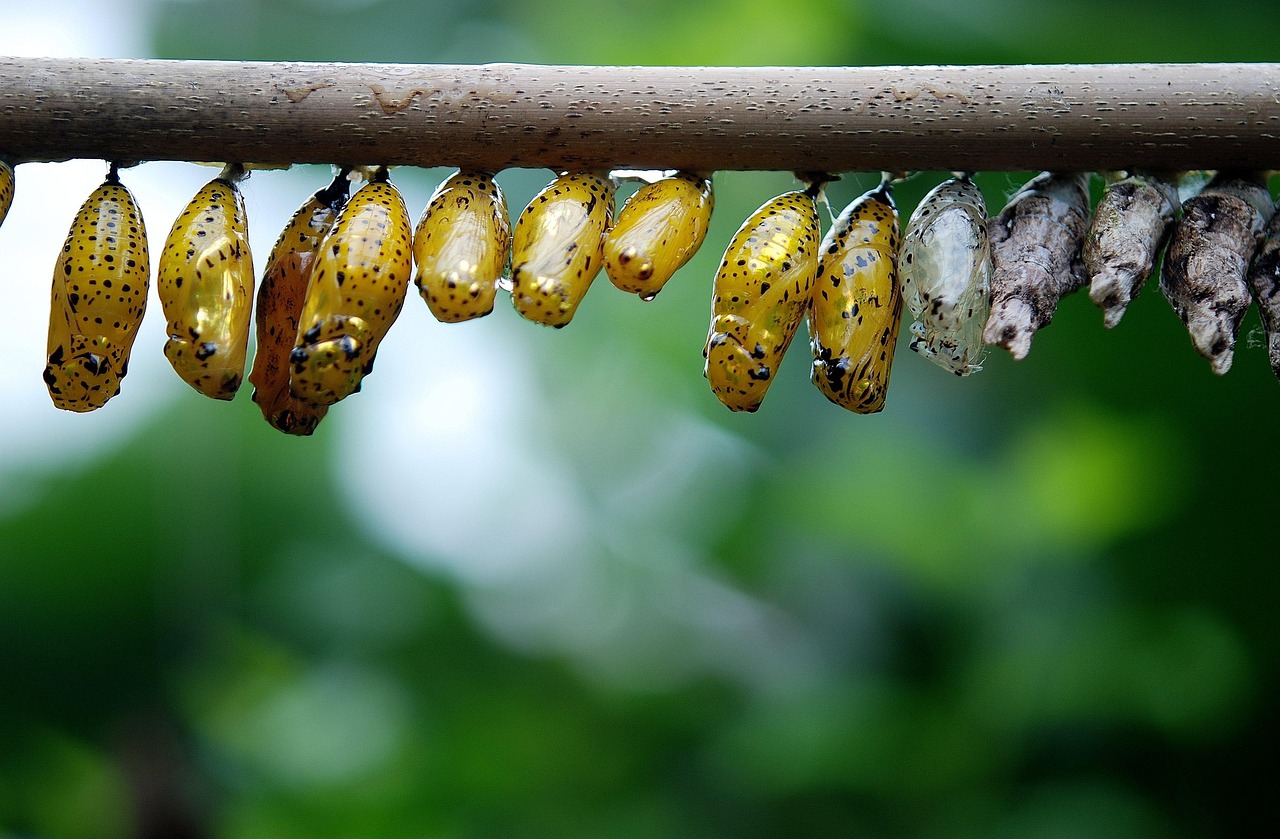
Biofilm is perhaps the most underestimated factor in persistent fly problems. This slimy, protective layer forms naturally in any environment where bacteria have access to moisture and nutrients. In drains, biofilm creates a perfect substrate for fly eggs and provides food for developing larvae.
The formation of biofilm happens gradually and invisibly. Bacteria secrete a protective matrix that allows them to adhere to pipe surfaces and resist removal. Within this matrix, organic particles become trapped and concentrated, creating rich feeding grounds for fly larvae.
Once established, biofilm becomes incredibly difficult to remove. It’s like trying to scrub off dried glue – conventional cleaning methods simply can’t penetrate and disrupt the protective matrix effectively.
Temperature and Humidity: The Perfect Storm
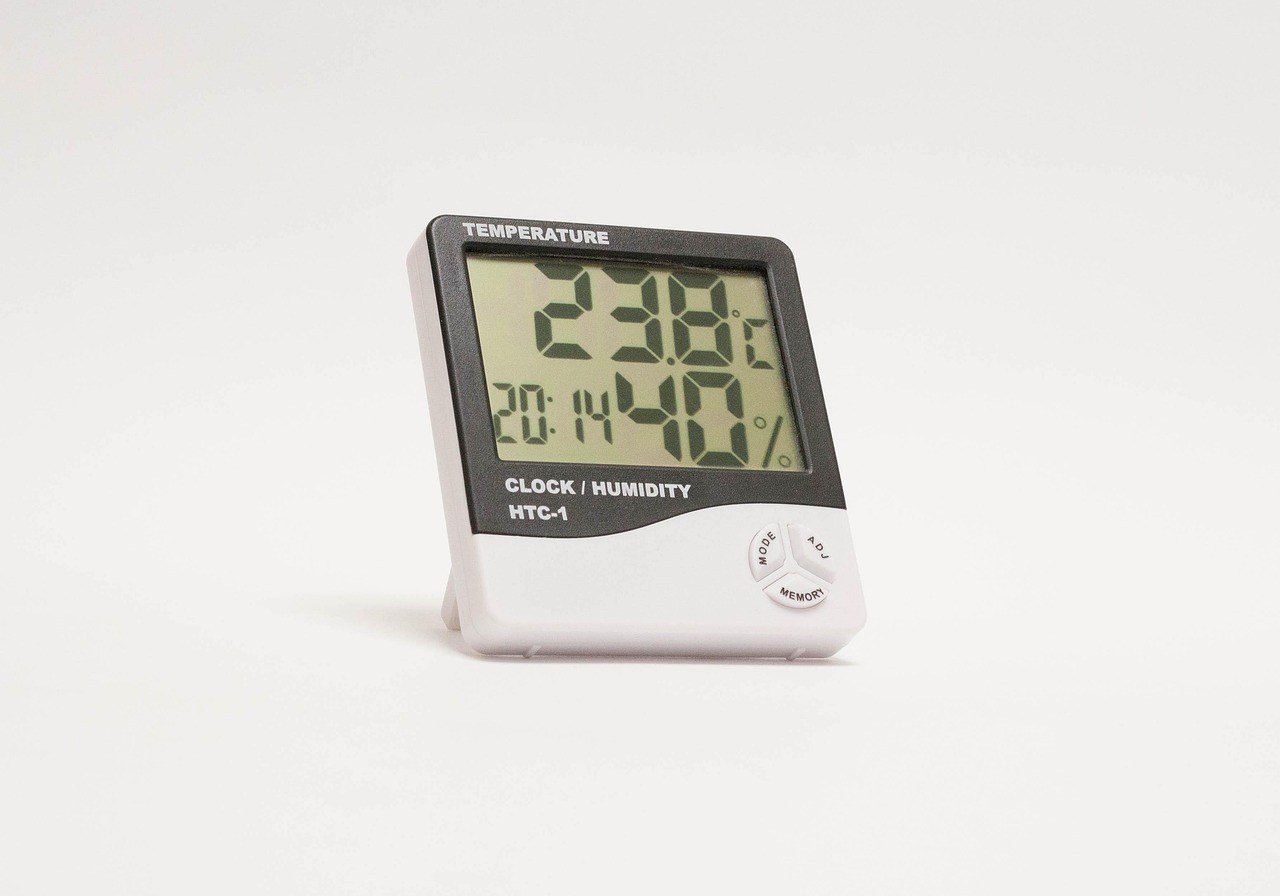
The area around your drain maintains an ideal microclimate for fly reproduction. The constant availability of water creates humidity levels that most fly species find irresistible. Combined with the warm temperatures generated by heated water flowing through pipes, this creates conditions that accelerate fly development.
Seasonal changes can actually make the problem worse. During winter months, when outdoor temperatures drop, the relative warmth of your drain system becomes even more attractive to flies seeking shelter. Summer heat can accelerate reproduction cycles, leading to population explosions.
The thermal mass of your plumbing system helps maintain stable temperatures that allow fly populations to thrive year-round. While outdoor flies face seasonal challenges, drain-dwelling species enjoy a consistently hospitable environment.
The Lifecycle That Keeps Them Coming Back
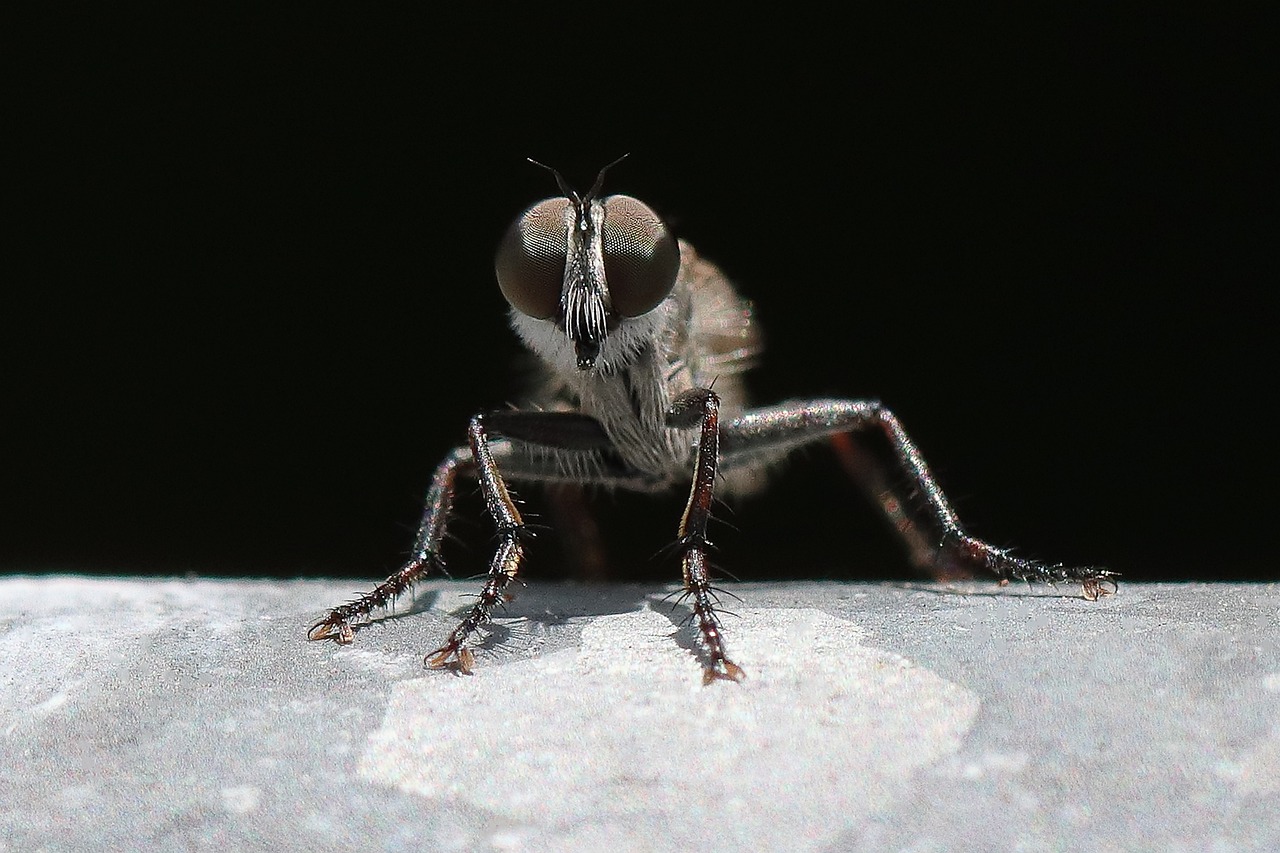
Understanding the fly lifecycle explains why they seem to reappear so quickly after cleaning. Most drain flies complete their development from egg to adult in just 7-15 days under optimal conditions. This means that even if you eliminate all visible adults, eggs and larvae already in the system will continue developing.
Female flies can lay dozens of eggs at a time, and they strategically place these eggs in locations that maximize survival chances. The protected environment of your drain system provides ideal conditions for this reproduction cycle to continue uninterrupted.
The overlapping generations create a continuous population that’s incredibly difficult to break. While you’re dealing with today’s adult flies, tomorrow’s generation is already developing in areas you can’t reach or see.
Organic Matter: The Fuel That Feeds the Problem
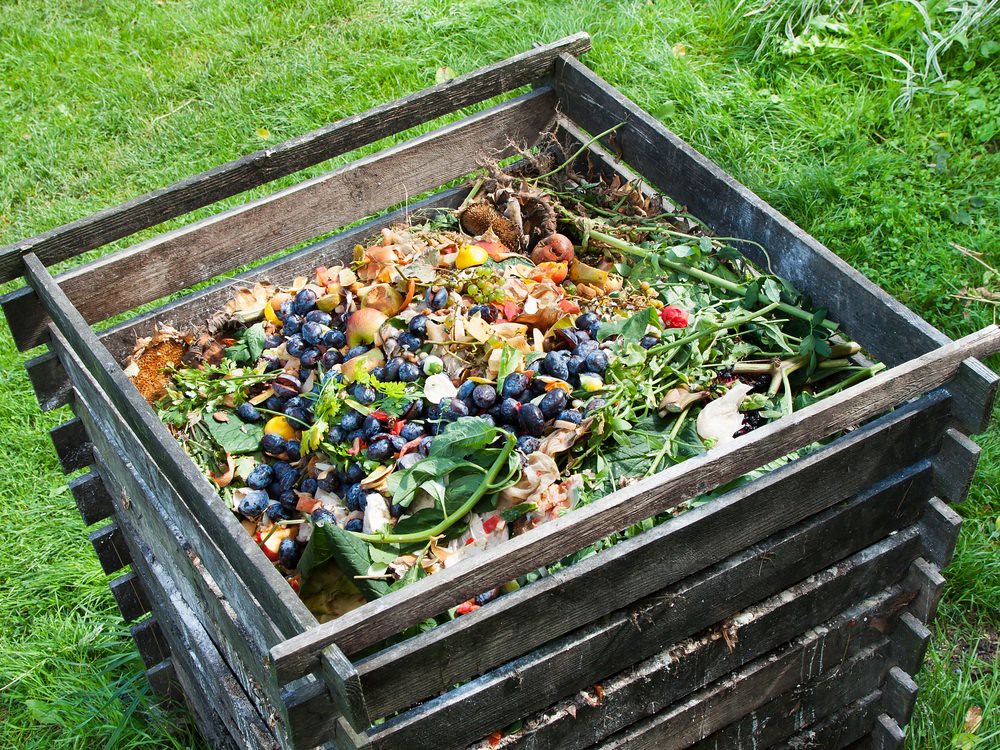
Every time you use your sink, tiny particles of organic matter get washed down the drain. Food scraps, grease, soap residue, and even dead skin cells contribute to the organic load that feeds fly populations. This constant input of nutrients ensures that flies always have something to eat.
The decomposition process that breaks down this organic matter creates the chemical compounds that attract flies in the first place. It’s a self-perpetuating cycle where the presence of organic matter attracts flies, which then contribute to the organic load through their waste and eventual death.
Even households that are careful about food waste still generate enough organic matter to support fly populations. The microscopic particles that pass through normal strainers provide more than enough nutrition for developing fly larvae.
Chemical Signals That Draw Flies from Distance
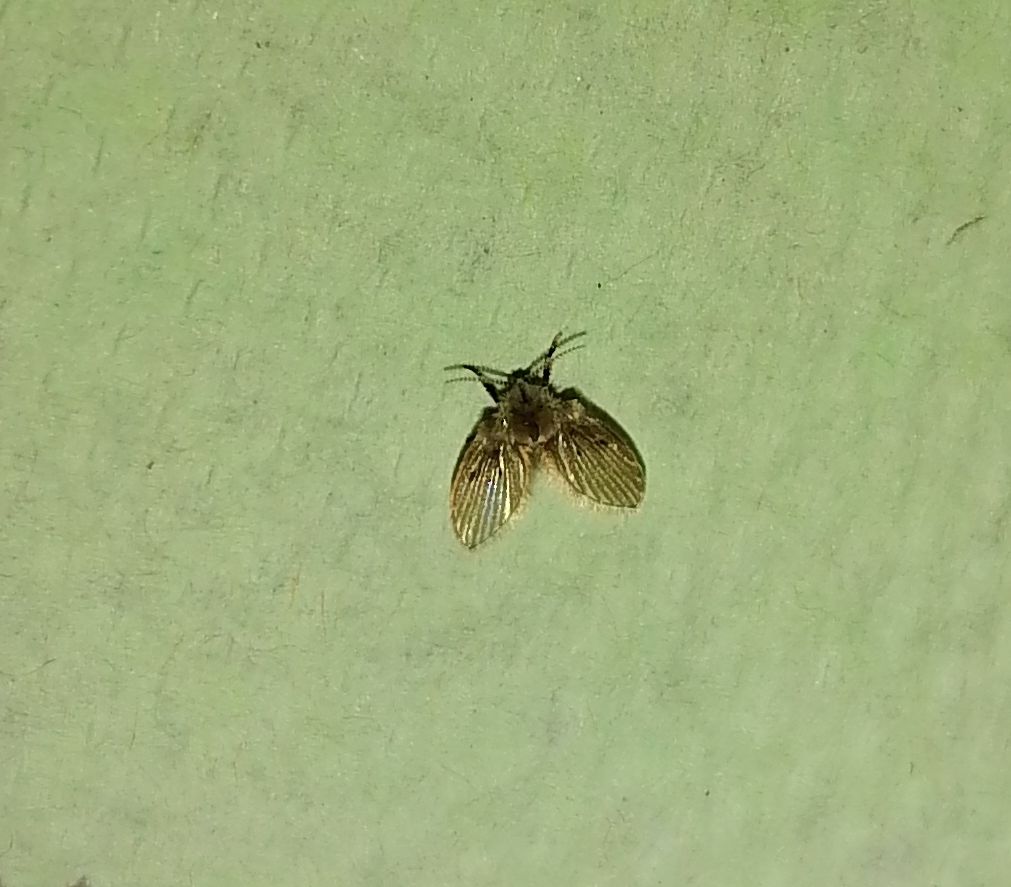
Flies don’t just stumble upon your drain by accident – they’re actively recruited by chemical signals that can travel surprising distances. The volatile organic compounds produced by decomposing matter in your drain create an invisible trail that flies can follow from other rooms or even from outdoors.
These chemical signals are incredibly specific and sophisticated. Different compounds attract different fly species, and the concentration and combination of these signals provide flies with detailed information about the suitability of the breeding site.
The human nose typically can’t detect these compounds until they reach much higher concentrations, which is why flies often appear before you notice any odor. By the time you smell something, the fly population may already be well-established.
The Ecosystem Living in Your Pipes
Your drain system hosts a surprisingly complex ecosystem that extends far beyond just flies. Bacteria, fungi, and other microorganisms create a food web that supports various insect species. This ecosystem is remarkably resilient and can quickly recover from disturbances like cleaning.
The different species in this ecosystem actually support each other in ways that make the entire system more stable. Bacteria break down organic matter into forms that fly larvae can digest, while the mechanical action of larvae helps distribute nutrients throughout the biofilm.
Understanding this ecosystem helps explain why eliminating flies requires more than just killing the visible adults. The entire food web needs to be disrupted to prevent rapid recolonization.
Seasonal Patterns and Population Fluctuations
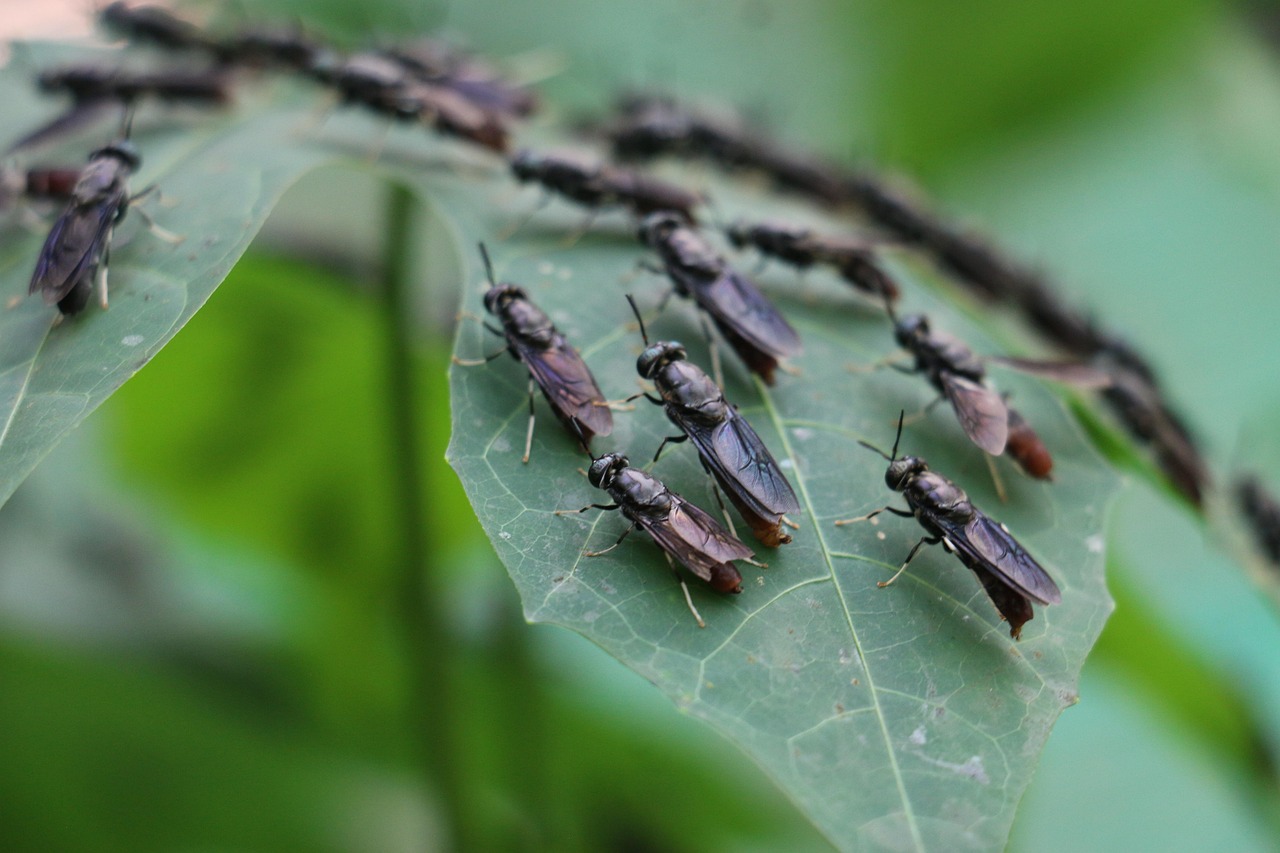
Fly populations in drains follow predictable seasonal patterns that can help you time your control efforts more effectively. Spring and summer typically see population explosions as warmer temperatures accelerate reproduction cycles. Fall may bring increases as outdoor flies seek indoor shelter.
Winter often provides the best opportunity for control efforts because reproduction slows and outdoor recruitment decreases. However, heated buildings can maintain conditions that allow year-round breeding in some species.
Understanding these patterns helps explain why some cleaning efforts seem more successful than others. Timing your intensive cleaning efforts to coincide with natural population lows increases your chances of success.
Professional-Grade Solutions That Actually Work
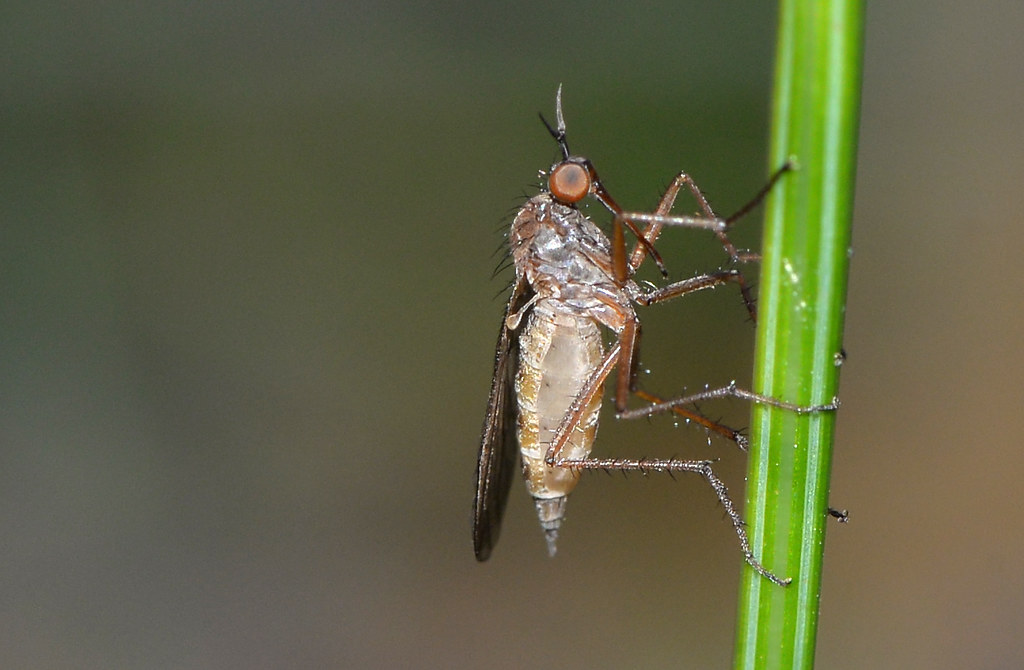
Effective fly control requires targeting the entire ecosystem rather than just the visible adults. Professional-grade enzyme cleaners can break down biofilm and organic matter that standard cleaners can’t touch. These products work by introducing specific enzymes that digest the protective matrix surrounding fly breeding sites.
Biological control agents, including beneficial bacteria and nematodes, can be introduced to compete with or prey upon fly larvae. These living solutions establish themselves in the drain environment and provide long-term control.
Physical modifications to drain systems, such as installing specialized screens or improving ventilation, can make the environment less hospitable to flies while still maintaining drain functionality.
The Psychology of Persistent Pest Problems
The frustration of dealing with recurring fly problems goes beyond mere inconvenience. There’s something particularly maddening about pests that seem to mock your cleaning efforts by reappearing almost immediately. This psychological aspect can lead to increasingly desperate and ultimately counterproductive control attempts.
Understanding that this is a complex biological problem rather than a simple cleanliness issue helps maintain perspective and choose more effective solutions. The most successful approach combines scientific understanding with patient, systematic implementation of control measures.
The key is recognizing that you’re not just fighting individual flies, but disrupting an entire ecosystem that has evolved to thrive in the exact conditions that your drain provides.
Building a Long-Term Prevention Strategy
Effective fly control requires shifting from reactive cleaning to proactive ecosystem management. This means understanding the factors that support fly populations and systematically addressing each one. Regular maintenance becomes more important than intensive cleaning sessions.
Prevention strategies should focus on moisture management, organic matter reduction, and biofilm prevention. This multi-faceted approach addresses the root causes rather than just treating symptoms.
The most successful long-term strategies involve creating conditions that are inherently hostile to fly reproduction while maintaining normal drain function. This requires understanding the specific needs of fly species and systematically denying them the resources they require.
The next time you see flies around your freshly cleaned drain, remember that you’re witnessing the result of millions of years of evolutionary adaptation. These tiny insects have perfected the art of finding and exploiting the exact conditions that modern plumbing systems inadvertently provide. Rather than feeling defeated, you can appreciate the remarkable biological processes at work while implementing scientifically-based solutions that actually address the problem at its source. What other everyday annoyances might actually be fascinating examples of evolutionary success stories?

